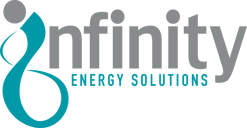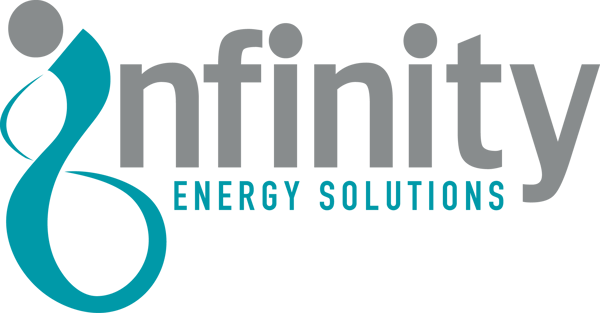
Oilfield stimulation chemicals include an extensive range of specialty chemicals intended to augment and support the stimulation process. Stimulation treatments are carried out in order to restore or improve the productivity of a well. Improvement in the productivity of the new flow channels results in better recovery of oil and gas from the targeted formation.
Products such as acids and biocides are used to control the bacteria present in the fracturing fluid at the surface. Corrosion inhibitors are frequently required in highly acidic and saline environments in order to protect the metal equipment. Friction pressure is a concern during the pumping process. It can be efficiently controlled by employing friction inhibitors. The viscosity of fluids can be controlled by using gelling agents.
Oilfield Stimulation Chemicals Market: Drivers and Restraints
Of late, the oil & gas industry has witnessed a decline in terms of production due to the low pricing. Surfactants are used in oilfield chemicals for lubrication. They are also employed as corrosion inhibitors, wetting agents, dispersants, foam control agents, and biocides. Contraction in the oil & gas industry is projected to adversely affect the demand for oilfield stimulation chemicals in the near future. This is anticipated to restrain the oilfield stimulation chemicals market during the forecast period.
Oilfield Stimulation Chemicals Market: Segmentation
Based on product, the oilfield stimulation chemicals market can be segmented into:
- Gelling Agents/Viscosifiers
- Corrosion Inhibitors
- Acids & Biocides
- Friction Reducers
- Others (Iron Control Agents, Water Control Agents, etc.)
The acid treatment is given to the reservoir in order to stimulate sandstone and carbonate wells.. This acid treatment creates long channels that enter the formation and permit oil & gas to transfer. Hydrochloric Acid is frequently used for acid treatment; however, substitute acids are also used for matrix acidizing. Biocides are employed to regulate the growth of several types of bacteria. Controlling the development of sulfate reducing bacteria (SRB) is acute for reducing the formation of hydrogen sulfide. Furthermore, non-oxidizing organic biocides are less prone to corrosion than oxidizing biocides. Corrosion inhibitors are recommended to be used in acid treatments such as acid fracturing, matrix acidizing, and sand control treatments. However, the use of extremely acidic fluids leads to severe corrosion. Acidizing corrosion inhibitors are able to lessen corrosion in low and high chrome steels and carbon alloy steels. Acidizing corrosion inhibitors are stable under high reservoir temperatures and in high acid concentrations. Friction reducers are added in order to reduce pipe friction, which in turn allows higher injection rates.
Based on application, the oilfield stimulation chemicals market can be divided into:
- Hydraulic Fracturing
- Matrix Acidization
- Acid Fracking
- Others
Gelling agents/viscosifiers ensure the precise settlement of proppants in hydraulic fracturing. They generate better rheology for matrix stimulations when used in combination with other acids. The hydraulic fracturing segment accounted for major share of the oilfield stimulation chemicals market in 2016.
Oilfield Stimulation Chemicals Market: Region-wise Outlook
Rapid growth in exploration of oil & gas reserves in North America is expected to boost the oilfield stimulation chemicals market in the near future. Asia Pacific held significant share of the global oilfield stimulation chemicals market in 2016. It is a key region in terms of production of surfactants, acids, etc. The U.S. and China are anticipated to play an important role in the growth of the global oilfield stimulation chemicals market. On the other hand, Canada, India, and ASEAN are estimated to be lucrative countries for oilfield stimulation chemicals during the forecast period.
Key manufacturers include BASF SE, Chevron Philips, DuPont, Clariant, The Dow Chemical Company, etc.
The report offers a comprehensive evaluation of the market. It does so via in-depth qualitative insights, historical data, and verifiable projections about market size. The projections featured in the report have been derived using proven research methodologies and assumptions. By doing so, the research report serves as a repository of analysis and information for every facet of the market, including but not limited to: Regional markets, technology, types, and applications.

.jpg?width=600&name=My%20Post%20Copy%206%20(1).jpg)

